Is yoga really good for you? Here’s how to start a practice
It improves balance, strength and flexibility as much as many stretching and strengthening exercises do.
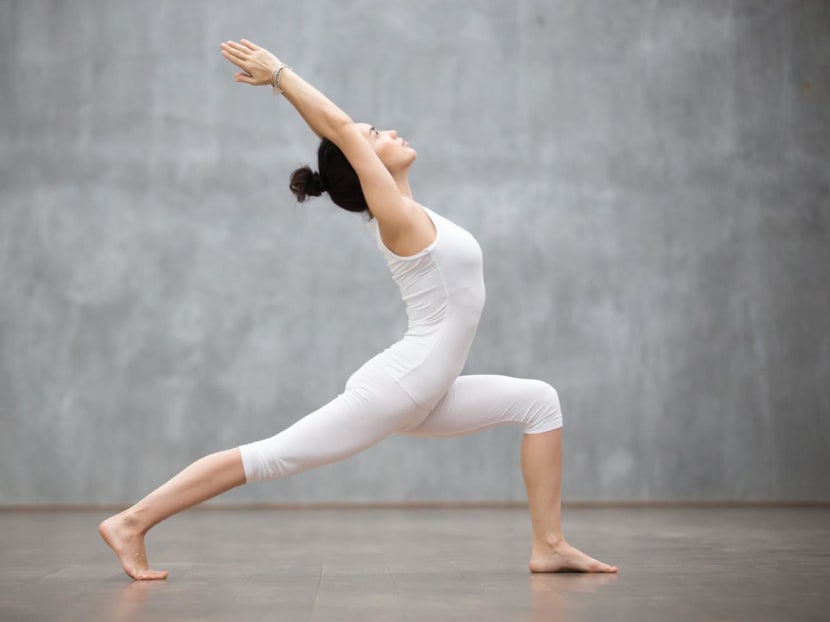
Is yoga really good for you? (Photo: iStock)
Yoga has been popular for decades, but participation in the mind-body practice just keeps growing. In 2017, more than 14 per cent of adults in the United States practised yoga, according to a nationally representative survey by the Centers for Disease Control and Prevention.
Despite its popularity, there are still many misconceptions about the activity and the ways in which it helps the body and mind. When many people think of yoga, thin, lithe bodies contorting in impossible ways come to mind. But “anybody can do yoga”, said Lori Rubenstein Fazzio, a physical therapist and clinical professor of yoga and health at Loyola Marymount University in Los Angeles.
You don’t even have to move your body much, if at all; even if you focus primarily on the breathing, you can still get benefits, said Laura Schmalzl, a neuroscientist and certified yoga instructor at the Southern California University of Health Sciences.
“As far as I’m concerned, yoga is really a breath or a breathing practice, and then movement is added,” she said.
WHY DO YOGA?
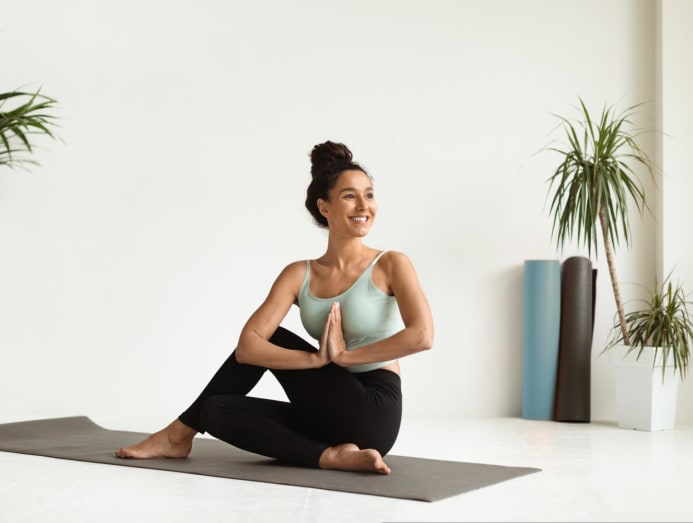
Yoga, which originated in India more than 5,000 years ago, has become a staple of American fitness for many reasons. It requires little to no equipment and can be made accessible to nearly everyone. It has also been linked to a growing number of health benefits, including stress relief, better sleep, improved cognition and reduced back pain. Research also suggests that, at least for otherwise sedentary people, yoga improves balance, strength and flexibility as much as many stretching and strengthening exercises do.
One possible reason for yoga’s many benefits: It is an intentional practice that requires focus from both the mind and the body. Many people exercise while also engaging in other activities or distracting their minds to pass the time – they watch shows while doing elliptical training or listen to podcasts while jogging.
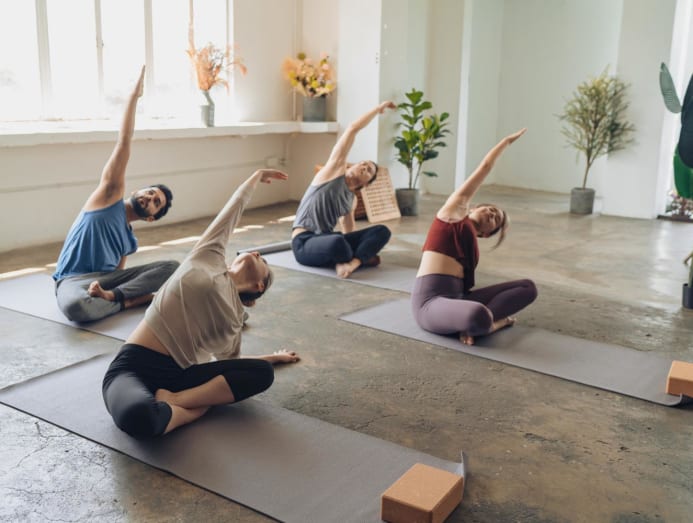
But “if you are in a yoga class, that doesn’t happen – usually you’re focused on the instructor, you’re focused on your breath, you’re focused on the alignment of your body and postures,” said Neha Gothe, the director of the Exercise Psychology Lab at the University of Illinois at Urbana-Champaign, who studies yoga. “And so your mind is very much present in the moment in the movement.”
Because of this emphasis on connecting the mind and the body, yoga may lead to greater mental health benefits than other forms of exercise. Research suggests that yoga reduces anxiety, elevates mood and reduces stress, perhaps more than aerobic exercise. A 2023 clinical trial also found that yoga reduces symptoms of depression and improves sleep.
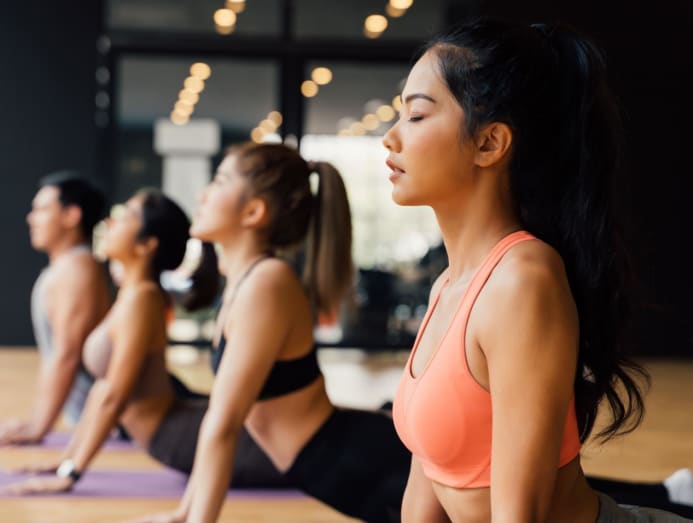
The act of doing yoga tamps down activity in certain pathways within the body that get ramped up in response to threats, collectively referred to as the hypothalamic-pituitary-adrenal system, Dr Fazzio said.
Some studies suggest that yoga can also reduce the frequency and severity of migraines, and a recent review of five studies found that it “may offer benefits to cognitive function” among people ages 60 and older.
“If you look at the brains of people who have been practising yoga for a long time, you see that the regions of the brain that are responsible for decision making and problem solving, those regions are better developed,” Dr Gothe said.
Yoga might provide relief for aching backs, too. In a 2020 report, the Agency for Healthcare Research and Quality analysed the results of 10 clinical trials, concluding that yoga may ease lower back pain and improve low back function. The American College of Physicians now recommends yoga as a first-line treatment for chronic low back pain.
Like any exercise regimen, though, yoga can pose risks, and people with certain health conditions may want to avoid some poses. For instance, people with diabetes, glaucoma or heart disease should not do inversions, or poses that would require them place the head below the heart, Dr Fazzio said.
HOW DO YOU GET STARTED?
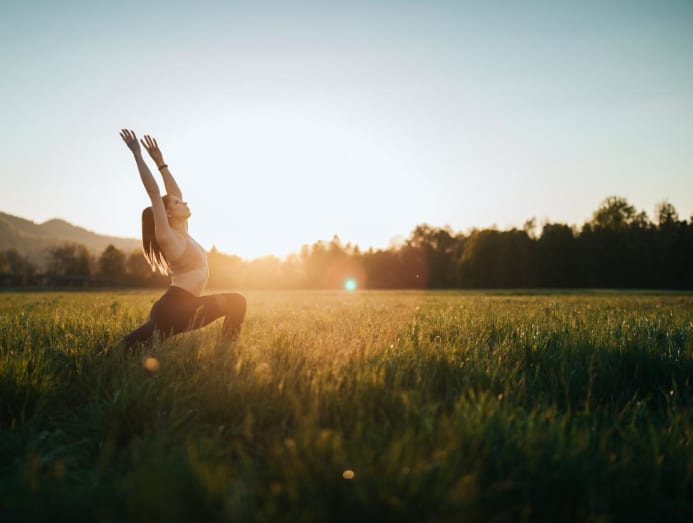
Yoga doesn’t require a huge monetary or time investment compared with many other forms of exercise. The only equipment you might want is a yoga mat and yoga blocks, but even those can be optional. “You can do your sun salutation in your garden in the morning – you don’t need a mat, you don’t need anything,” Dr Schmalzl said.
One form of yoga that is particularly good for beginners is hatha yoga, which involves holding certain postures while breathing in a deliberate and controlled way. “It is very modifiable, it’s gentle,” Dr Gothe said.
If you have physical limitations, you could try modified forms of hatha yoga. “If you really find it difficult to get up and down off the floor, or you have difficulty being able to sit on the floor because of limited range of motion, then look into standing yoga, look into chair yoga,” said Dr Natalie Nevins, a family medicine physician, a yogi and an assistant dean at Western University of Health Sciences.
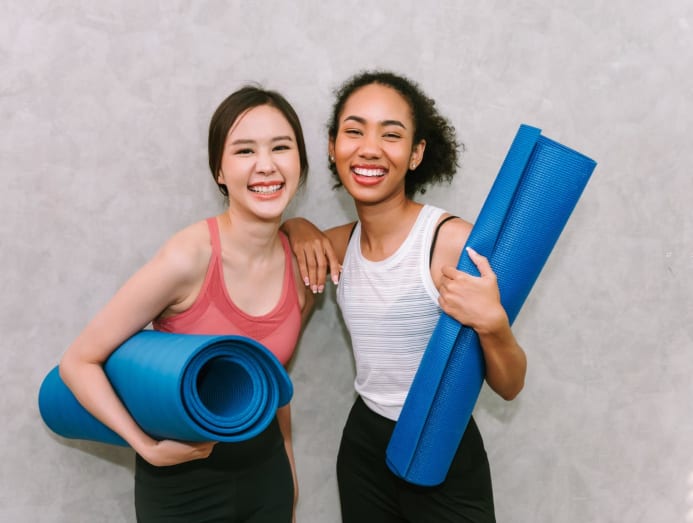
Related:
If you’re doing yoga to address a particular health issue, you may want to consult with a physical therapist or a certified yoga therapist who can tailor a regimen to your body’s needs, Dr Schmalzl said. Low back pain, for instance, can have many different causes, she said, so the postures and stretches that help one person with back pain may not help another.
Although in-person yoga classes can be pricey, many online classes are offered for free and provide a similar quality of instruction, Dr Nevins said. Dr Das’s favorite classes include Yoga with Adriene and Do Yoga With Me. If you need modifications, Dr Schmalzl recommended the Accessible Yoga Studio.
For people who want to explore other gentle forms of yoga, possibilities include Kundalini yoga, which often incorporates chanting and singing; vinyasa yoga, which involves linking postures together in a sequence that flows; Iyengar yoga focuses on precision and alignment.
Hot yoga, which typically takes place in a heated studio, is another option, but researchers have raised concerns that classes could cause dehydration or heat-related illnesses if the sessions are longer than an hour and don’t include water breaks.
Dr Nevins, who is partial to Kundalini yoga, suggested watching YouTube videos of people doing various kinds of yoga to get a sense of what they entail. “Do a little bit of homework to find the thing that speaks to you,” she said.
By Melinda Wenner Moyer © The New York Times Company
The article originally appeared in The New York Times.





